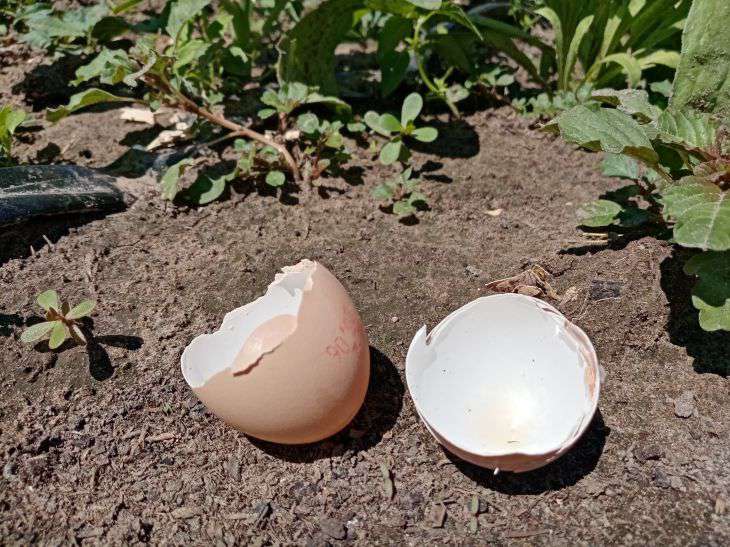Experienced gardeners never throw away eggshells, because they can double the harvest.
Agronomist Ivan Russkikh explained how to properly use this useful fertilizer in his Zen channel.
How to Use Eggshells as Fertilizer
Eggshells are a unique source of calcium and some other essential microelements for plants, but due to their dense structure, they dissolve slowly in the soil.

The easiest way to use the shell as a deoxidizing fertilizer is to grind it into flour similar to dolomite. However, even in this form, its activity will only manifest itself by the end of the season or even the following year.
You can speed up the action of the shell with the help of phosphate mobilizers, but it is much easier to prepare a “fast calcium” fertilizer.
Pour two liters of 9% vinegar into a three-liter jar and add the shells as they appear.
When the shells dissolve, foam will form, so do not completely fill the jar with vinegar and put in all the accumulated shells at once.
The fertilizer is used as follows: dissolve a glass of fertilizer in 5 liters of water and water at a rate of 0.5-1 liter per plant. Tomatoes, peppers, cucumbers, eggplants, and cabbage are very fond of this type of feeding.
You can also use citric acid as a solvent (a tablespoon of citric acid per liter and a half of water).
Earlier we talked about how experienced gardeners feed strawberries after fruiting.
